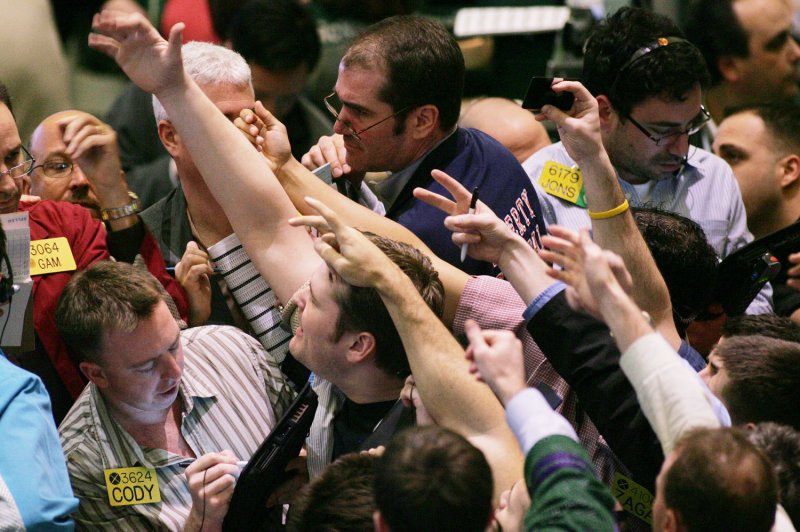Crude prices rose Friday led in part by reports of OPEC production cuts in December. Photo by Monika Graff/UPI |
License Photo
Jan. 4 (UPI) -- The rise in U.S. crude oil prices was in part led by December OPEC cuts and are likely to continue to increase at least in the very short term, possibly again reaching the $50 per barrel level. Analysts warn, however, that the picture is not so clear further down the road amid concerns about an economic slowdown.
West Texas Intermediate crude oil future prices rose 1.5 percent to $47.79 per barrel just after 8:00 a.m. EST while Brent crude oil futures rose 1.6 percent to $56.86 as of the same time.
"The technical outlook for U.S. crude oil points to further price recovery in the short term to just over $50.55 per barrel from its current level of $48.25 per barrel, although in the medium-term the market remains neutral to negative," Nicholas Cawley, analyst at Daily FX, told UPI.
"From a fundamental perspective, fears over slowing global growth and heightened U.S.-China trade war fears will cap further price upsides, especially as U.S. crude producers continue to keep the taps wedged firmly open," he added.
"Later today we have the Department of Energy crude oil report with inventories seen contracting sharply," Cawley said.
Sukrit Vijayakar, analyst at Trifecta consultants, told UPI that crude oil is rising in reaction to "a sharp cut in production by OPEC in December, also supported by reports of sharply lower-than-normal liftings from the Arab Gulf to the U.S."
"Production activity in the U.S. is likely to grow slowly in the wake of continued low prices. All this would point to a widening of the WTI-Brent spread, and the latter is likely to increase far sharply than the former in the case of prices rises," he added.
Jeff Yastine, a senior research analyst at Banyan Hill Publishing, told UPI that he sees prices going higher later in the year, and that they will remain correlated with U.S. equities movement.
"Oil and the S&P 500 both started their declines right around the same time -- October 3rd or so -- as recession fears took hold. Stocks and oil are still trading in tandem with each other. When stocks finish their bottoming efforts, oil will rise as well," Yastine said.
"Oil watchers just need to be patient. A lot of the fear, such as weak economic reports out of China, are largely priced into stocks and oil prices," he added.















